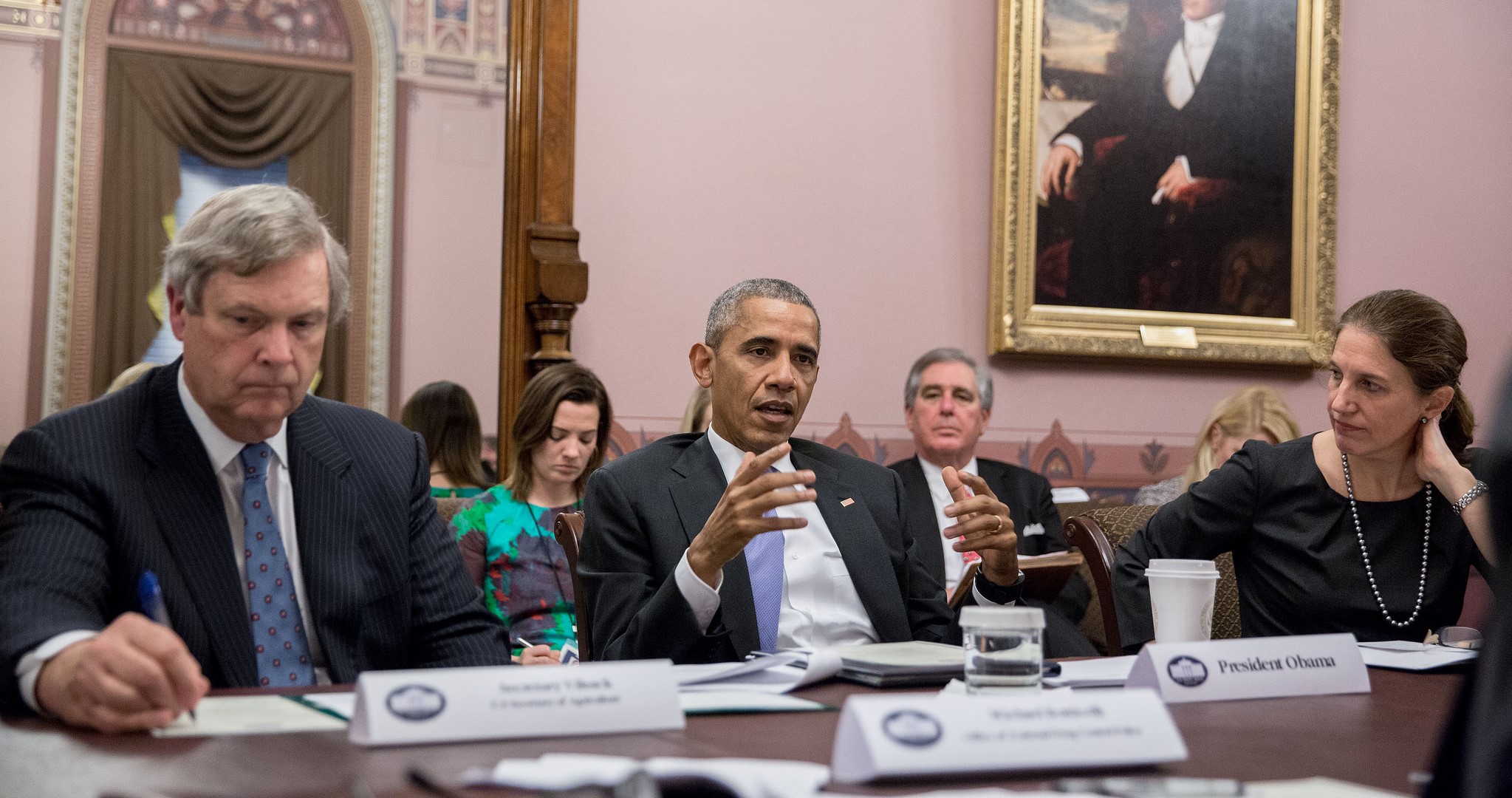

The Department of Health and Human Service’s Center for Medicare and Medicaid Services recently announced a new demonstration program designed to test new models of integrated, coordinated health care in the most sparsely populated rural counties in the nation.
The Frontier Community Health Integration Project Demonstration, or FCHIP, will operate in ten Critical Access Hospitals (CAH)—unlocking high-quality health care in even the most rural communities. We know creative approaches are needed. These projects will present innovative strategies to respond to this need.
FCHIP will encourage CAHs to provide essential services that have the potential to improve quality of care, satisfaction, and health of Medicare beneficiaries in rural communities, all while spending health care dollars more wisely. Through the FCHIP demonstration, for example, families in rural Nevada will gain access to enhanced telehealth services through their local hospital, providing world-class specialist care close to home. And in rural Montana, a hospital will expand skilled nursing facility services to more patients -- a major need in remote communities -- allowing seniors to remain in their communities even when they can no longer be in their homes.
The announcement builds on the Obama Administration’s historic investments to improve quality of life for rural families and communities and increase access to essential programs and services. From a new pilot program for communities to expand telehealth to tackle rural child poverty to new policy-oriented research by HHS to better understand health challenges in rural areas, we’re testing new strategies and scaling what works.
But we also know that addressing our most pressing challenges in rural areas requires all hands on deck. It’s why the White House Rural Council launched “Rural Impact,” an all-of-government effort to ensure that all rural kids have an opportunity to succeed. We’ve made remarkable progress:
Over the course of the school year, USDA provides free- and reduced-price breakfast and lunch to over 21 million students; but during the summer, many of these same students go hungry. Since many summer meals sites are located far from rural families’ homes, USDA Food and Nutrition Service partnered with Department of Housing and Urban Development and USDA Rural Development public housing to increase the number of feeding sites in multifamily housing complexes.
The Administration is also taking on the opioid epidemic. For example, as part of a series of town halls focusing on the opioid challenge, the Rural Council’s Chair, Agriculture Secretary Tom Vilsack announced a set of awards that will support telemedicine networks, school-based health centers, primary care sites, counseling centers and other efforts to bring these vital health resources to rural communities. The five grants awarded in June provided nearly $1.4 million in support for projects in Kentucky, Tennessee, and Virginia.
Rural families face unique challenges in accessing services critical to their quality of life. To meet these challenges, the White House Rural Council continues to work across the federal government to make a more positive impact in rural communities. Whether it’s health care, nutrition, or the opioid epidemic, the Administration is committed to helping people in small towns have an opportunity to thrive.

